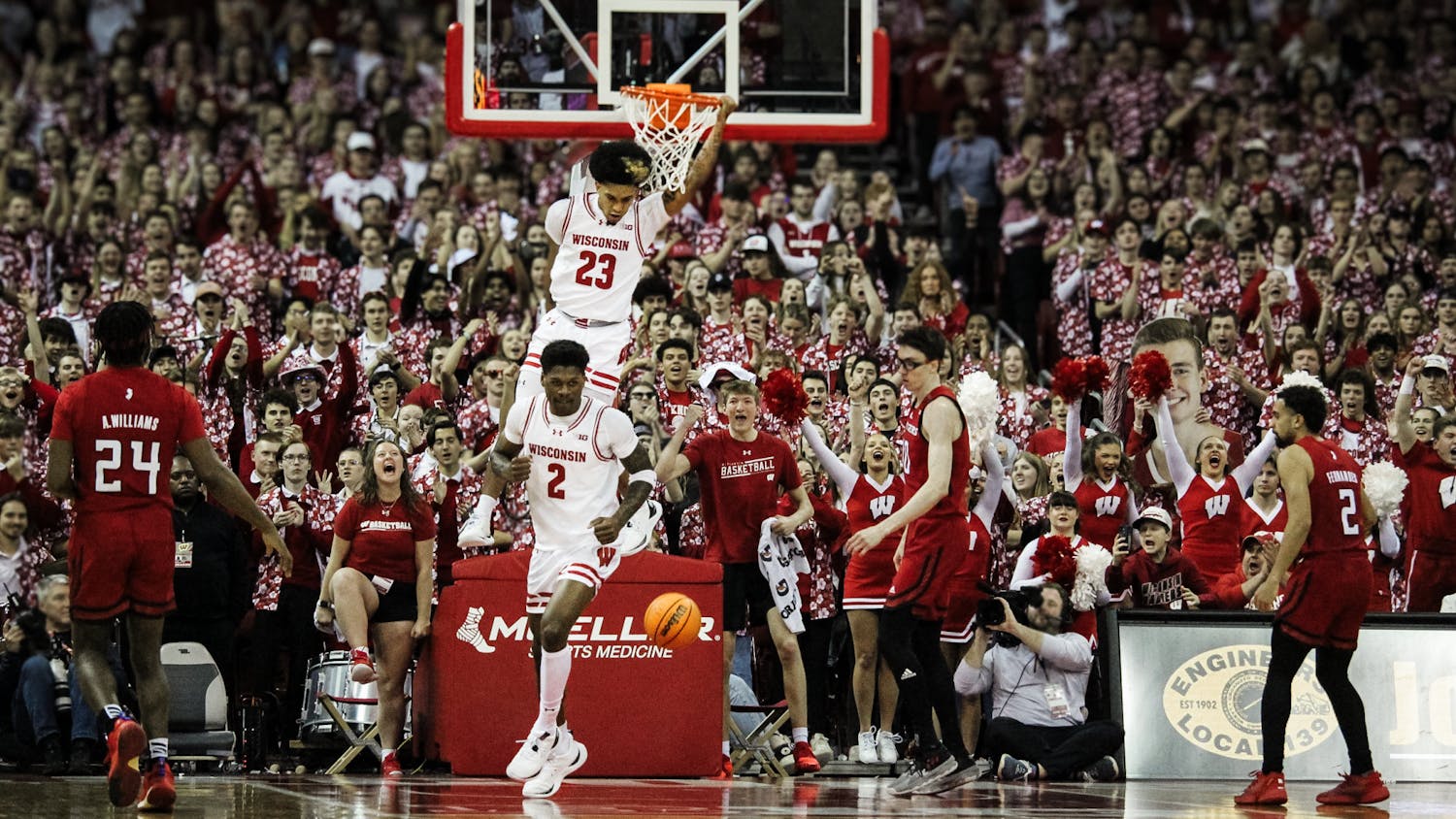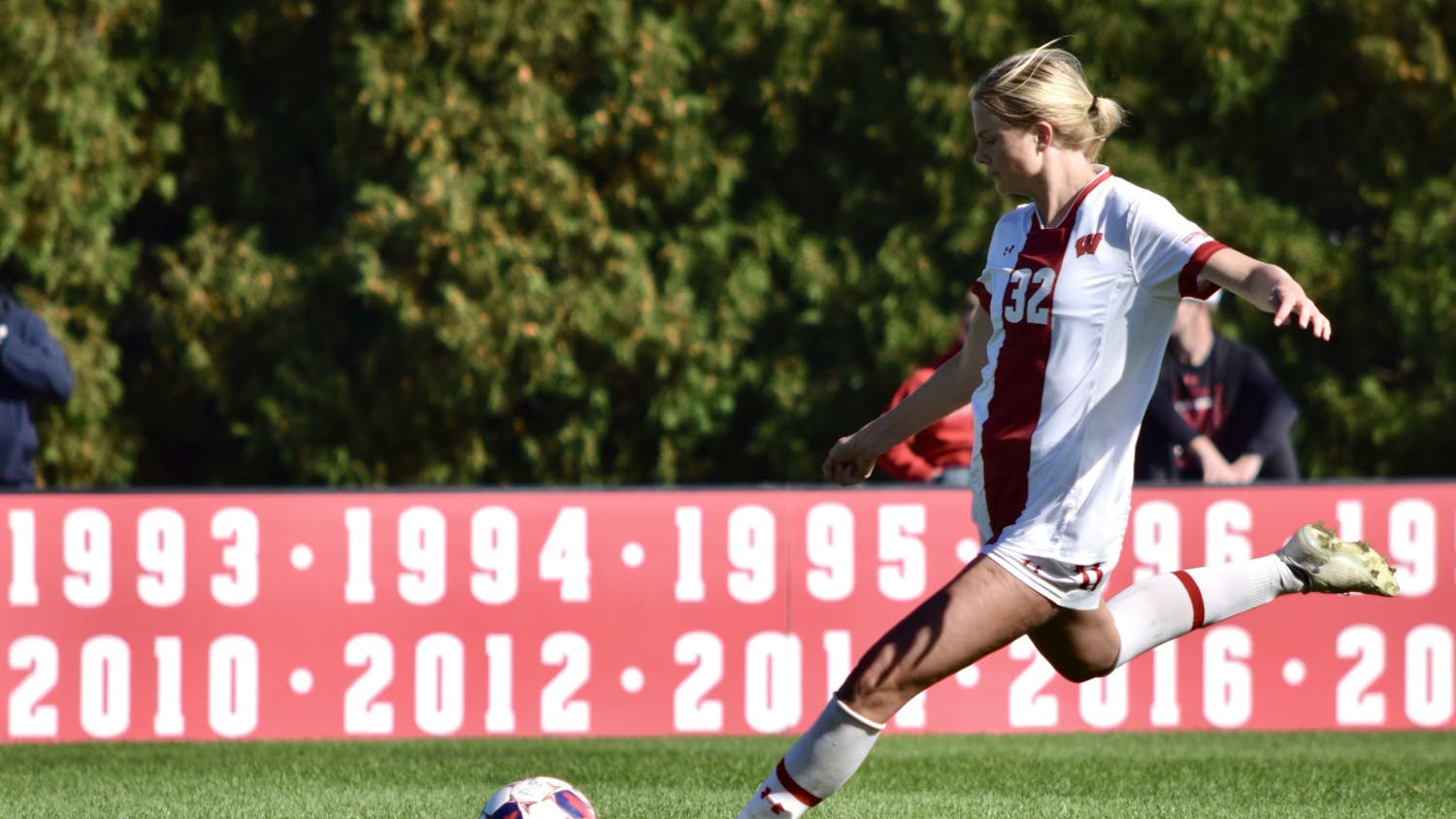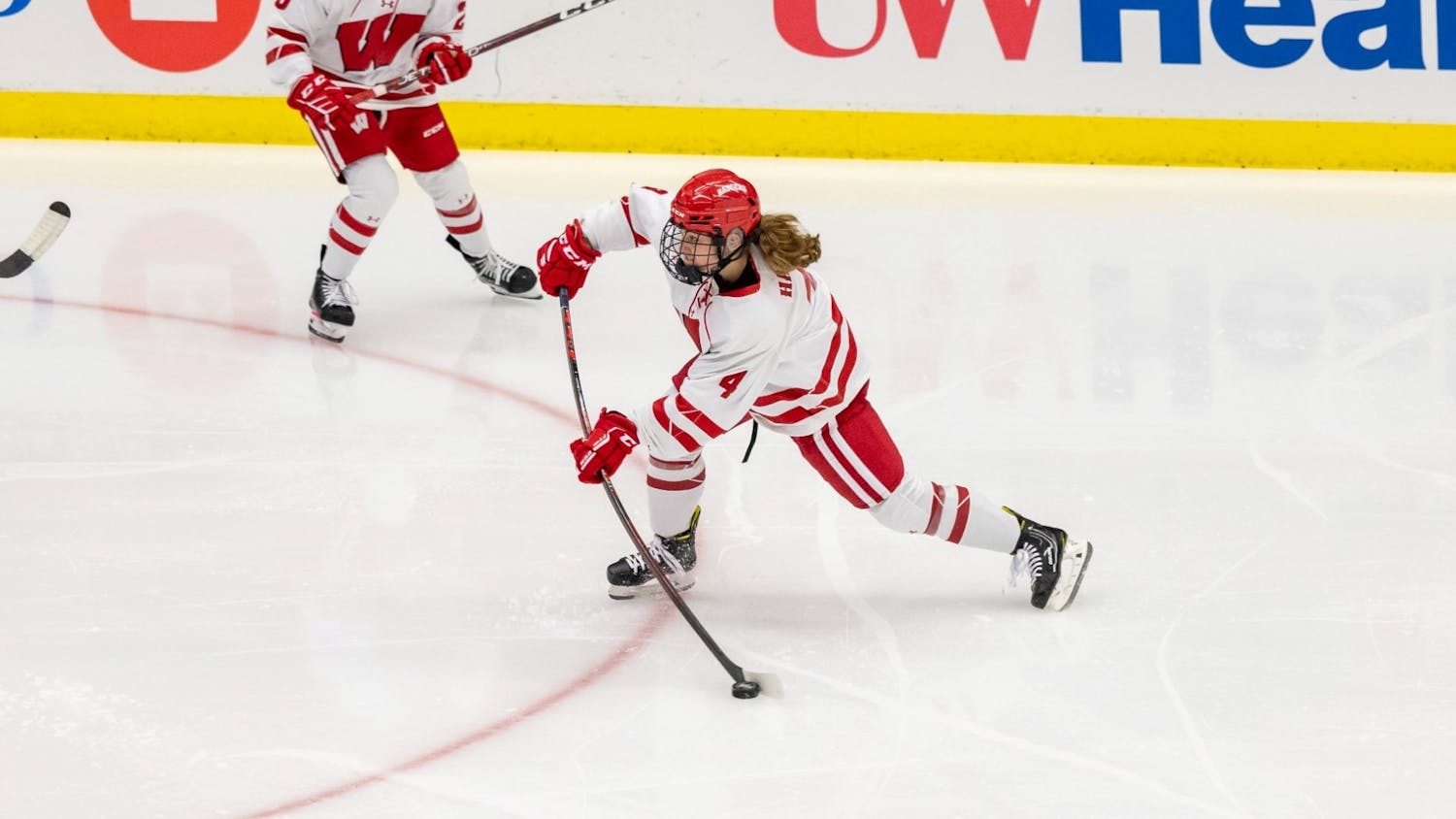Take one look at the BYU (1-2) roster, and you’ll notice something slightly different than most other schools. While the Cougars’ website lists all the usual statistics of a student-athlete such as height, weight, position, eligibility and hometown, there is a column on the far right side of their roster page listing “roster seasons” as well. With some players having been on BYU’s roster as early as 2011, one has to wonder about the program’s unique situation pertaining to the return of missionary athletes and its affects on their play.
It has been well documented that BYU quarterback Tanner Mangum served a two-year Latter-day Saints mission to Antofagasta, Chile, before he started playing in Provo. As one of the top quarterbacks in the Class of 2011, he was competing against Jameis Winston, a third-year NFL player, in the Elite 11 competition that year. One has to look at Mangum, who recently turned 24, and ask whether it’s fair for the junior to be playing against quarterbacks like 20-year-old Alex Hornibrook and 18-year-old Jack Coan.
Although this is Mangum’s third year playing for the Cougars, he wasn’t doing much in the way of conditioning or training during his time in Chile, and neither were the other 78 players on BYU’s roster who have served missions in various locations.
When on a mission, a player is not allowed any contact with coaches and cannot have contact with people from home other than one email per week and calls to family on Christmas and Mother’s Day. In addition, a missionary’s diet is completely dictated by church members in the area, who usually feed them local food. Workouts consist of walking, riding a bike or, if a missionary is lucky, pickup basketball or accessing free weights.
For this reason many players arrive back to Provo out of shape and not ready to play right away, even though they are often two years older than the typical freshman. Players that were projected starters before they left are often redshirted to get back into shape and may not be in top form until they are 24 or 25.
This is a far cry from the prep for college football that many critics of BYU accuse the program’s players of doing when on a mission.
Although BYU is well-equipped off the field to handle the challenges of returned missionaries, the on-field cons outweigh the benefit of having older, more experienced players. With BYU’s recent coaching change, many of these athletes were recruited to play in a system that doesn’t exist anymore for a coach who’s made his way across the country and settled in at another school. As with any coaching change, there has been a learning curve the last two years while schemes have been put in place and athletes acclimate to a new coaching staff.
The Badgers can easily take advantage of the disadvantages that BYU has in terms of returned missionaries and coaching change adaptations. And once they get to Provo, their young team should be able to outlast head coach Kalani Sitake’s older squad if they continue to play well and not let the age of their opponents get to their heads.





